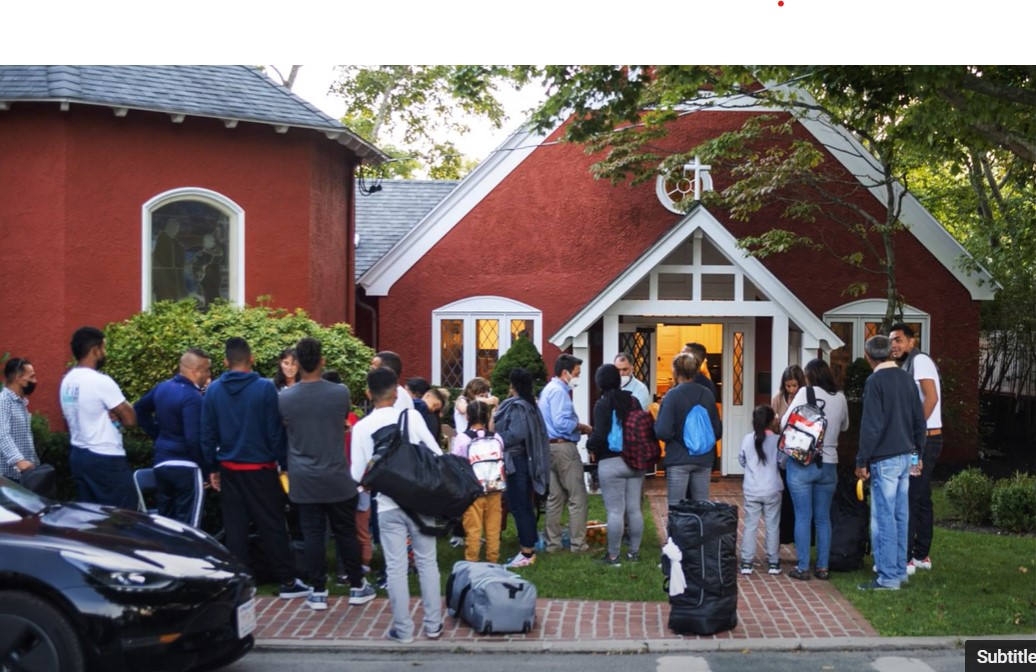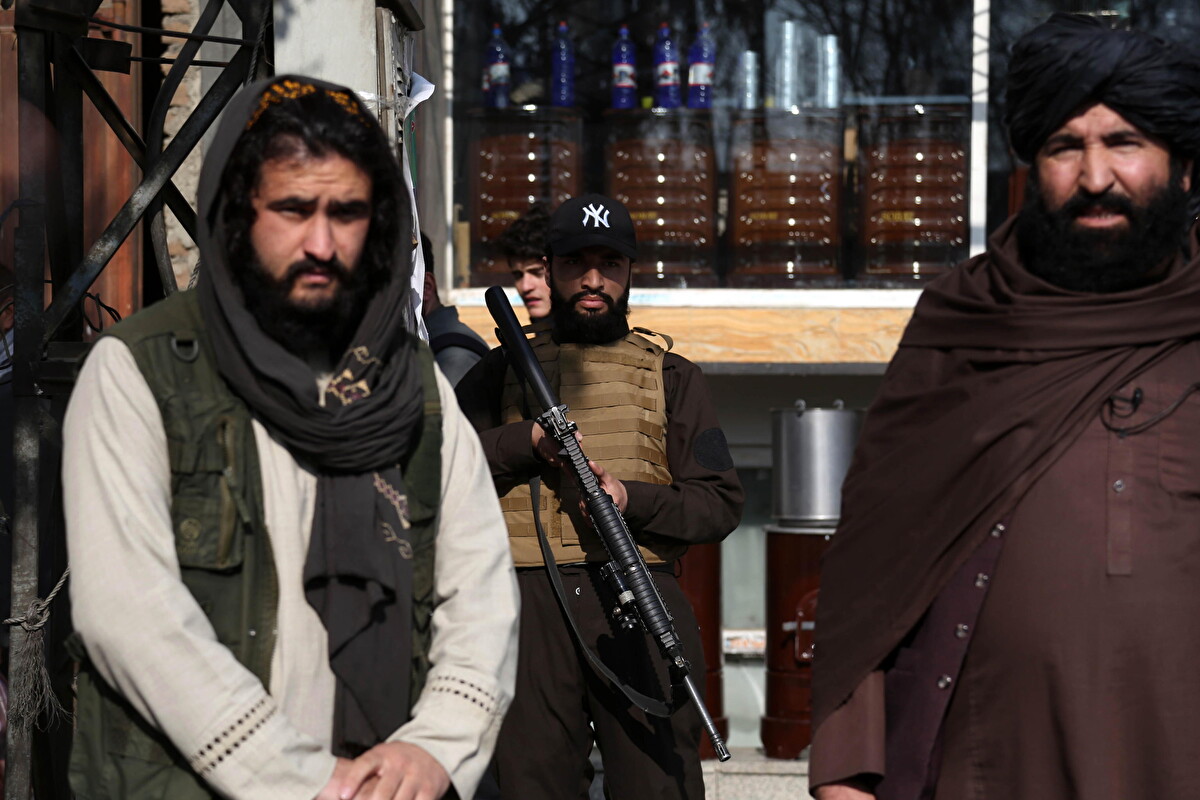A completely unexpected sight greets people in the Plattsburgh, NY area: New York City’s iconic yellow cabs waiting to drive illegal migrants across the border into the U.S. Crossing illegally into the country and proceeding to your final destination has now become as easy as stepping into a taxi.
This development highlights the complex and multifaceted nature of migration and the various industries that it impacts, but also underscores how Governor Greg Abbott has changed the face of migration in the country.
Taxi drivers from New York City are making the five-hour trip to Plattsburgh, capitalizing on the demand for transportation after migrants cross the U.S.-Canada border. These trips are not just a means of transport but also a significant source of income for the drivers involved. It’s reported that drivers are paid between $130 to $150 per person, often transporting groups of migrants who have crossed the border together.
The situation at the border is complex, with officials acknowledging the presence of these cabs and the role they play in the migration process. Major Nicholas Leon, a chief deputy with the Clinton County Sheriff’s Office, noted, “We’re well aware of the yellow cabs … There’s always money to be made”.

Clinton County, where this activity is concentrated, presents a unique geographical challenge for border security due to its expansive and unmarked divide between Canadian and American territories. The lack of major physical barriers allows for undetected crossings, and the yellow cabs have become a part of this landscape, offering a direct connection to New York City for those who have made the crossing.
In recent years, the topic of immigration and border control has been a central issue in American politics, especially so in the lead-up to the November election.
One of the more controversial strategies that have emerged in the recent past is the decision taken by Governors Greg Abbott and Florida’s Ron DeSantis, to bus or fly migrants to Democratic-led sanctuary cities across the United States. This move has had a noticeable impact on the immigration conversation in the country.
Abbott’s approach began as a response to what he perceived as inadequate federal action on border control and immigration policy. DeSantis notoriously, bused migrants to Martha’s Vineyard in September 2022 with the misleading promise that they would find employment opportunities there. He also bused them to Vice President’s Kamala Harris’ home. By busing migrants to cities that have declared themselves sanctuaries for undocumented immigrants, Abbott and DeSantis aimed to bring national attention to the border situation and pressure the federal government to take further action. But in doing so they have changed the map of migrant distribution in the nation.
The strategy has led to various logistical and humanitarian concerns. Cities like Chicago and New York, which have been on the receiving end of these busing efforts, have had to prepare for the sudden influx of migrants.
The emergence of yellow cabs at the border is a reflection of the broader narrative of migration in North America. It speaks to the adaptability of those who wish to cross—no matter what it takes—and of those who improvise in order to meet the new demands. It also illustrates the impossibility of a creating an impermeable border. Enforcement cannot prevent illegal entry at all points. There will always be an opportunity at a gap.












